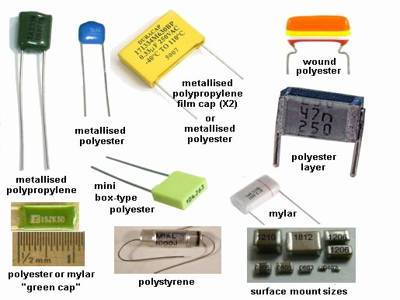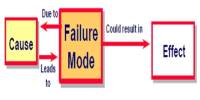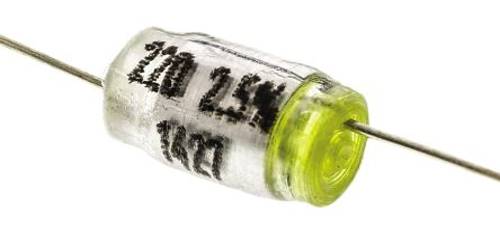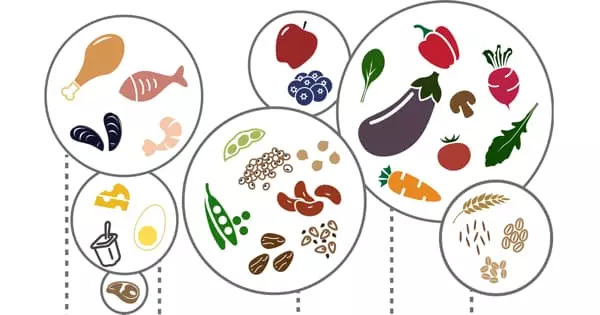Electronic capacitors are one of the most widely used forms of electronics components. A capacitor is a device that stores energy in an electric field, by accumulating an internal imbalance of electric charge. It is made of two conductors separated by a dielectric (insulator). However, there are many different types of the capacitor including electrolytic, ceramic, tantalum, plastic, silver mica, and many more. Each capacitor type has its own advantages and disadvantages can be used in different applications. Most capacitors contain at least two electrical conductors often in the form of metallic plates or surfaces separated by a dielectric medium.
Accordingly, a summary of the different types of the capacitor is given below, and further descriptions of a variety of capacitor types can be reached through the related articles menu on the left-hand side of the page below the main menu.
Overview of different capacitor types
There are many different types of capacitor that can be used – most of the major types are outlined below:
Ceramic capacitor: The ceramic capacitor is a type of capacitor that is used in many applications from audio to RF. Values range from a few picofarads to around 0.1 microfarads. Ceramic capacitor types are by far the most commonly used type of capacitor being cheap and reliable and their loss factor is particularly low although this is dependent on the exact dielectric in use. In view of their constructional properties, these capacitors are widely used both in leaded and surface mount formats Read more about the ceramic capacitor
Electrolytic capacitor: Electrolytic capacitors are a type capacitor that is polarised. They are able to offer high capacitance values – typically above 1μF and are most widely used for low-frequency applications – power supplies, decoupling and audio coupling applications as they have a frequency limit if around 100 kHz. Read more about the electrolytic capacitor.

Tantalum capacitor: Like electrolytic capacitors, tantalum capacitors are also polarised and offer a very high capacitance level for their volume. However, this type of capacitor is very intolerant of being reversely biased, often exploding when placed under stress. They are available in both led and surface mount formats. Read more about the tantalum capacitor.
Silver Mica Capacitor: Silver mica capacitors are not as widely used these days, but they still offer very high levels of stability, low loss, and accuracy where space is not an issue. They are primarily used for RF applications and they are limited to maximum values of 1000 pF or so. Read more about the silver mica capacitor
Polystyrene Film Capacitor: Polystyrene capacitors are a relatively cheap form of the capacitor but offer a close tolerance capacitor where needed. They are tubular in shape resulting from the fact that the plate/dielectric sandwich is rolled together, but this adds inductance limiting their frequency response to a few hundred kHz.
Polyester Film Capacitor: Polyester film capacitors are used where cost is a consideration as they do not offer a high tolerance. Many polyester film capacitors have a tolerance of 5% or 10%, which is adequate for many applications.
Metallised Polyester Film Capacitor: This type of capacitor is an essentially a form of polyester film capacitor where the polyester films themselves are metalized. The advantage of using this process is that because their electrodes are thin, the overall capacitor can be contained within a relatively small package.
Polycarbonate capacitor: The polycarbonate capacitors have been used in applications where reliability and performance are critical. The polycarbonate film is very stable and enables high tolerance capacitors to be made which will hold their capacitance value over time. In addition, they have a low dissipation factor, and they remain stable over a wide temperature range, many being specified from -55°C to +125°C. However, the manufacture of polycarbonate dielectric has ceased and their production is now very limited. Read more about the polycarbonate capacitor.
Polypropylene Capacitor: The polypropylene capacitor is sometimes used when a higher tolerance type of capacitor is necessary than polyester capacitors offer. As the name implies, this capacitor uses a polypropylene film for the dielectric. One of the advantages of the capacitor is that there is very little change of capacitance with time and voltage applied. This type of capacitor is also used for low frequencies, with 100 kHz or so being the upper limit.
Glass capacitors: As the name implies, this capacitor type uses glass as the dielectric. Although expensive, these capacitors offer very high levels of performance in terms of extremely low loss, high RF current capability, no piezo-electric noise and other features making them ideal for many performance RF applications.
Supercap: Also known as a supercapacitor or ultracapacitor, as the name implies these capacitors have very large values of capacitance, of up to several thousand Farads. They find uses for providing a memory hold-up supply and also within automotive applications.
These capacitors include some of the main capacitor types, although there are other types that are used for more specialist applications.
Information Source:
















